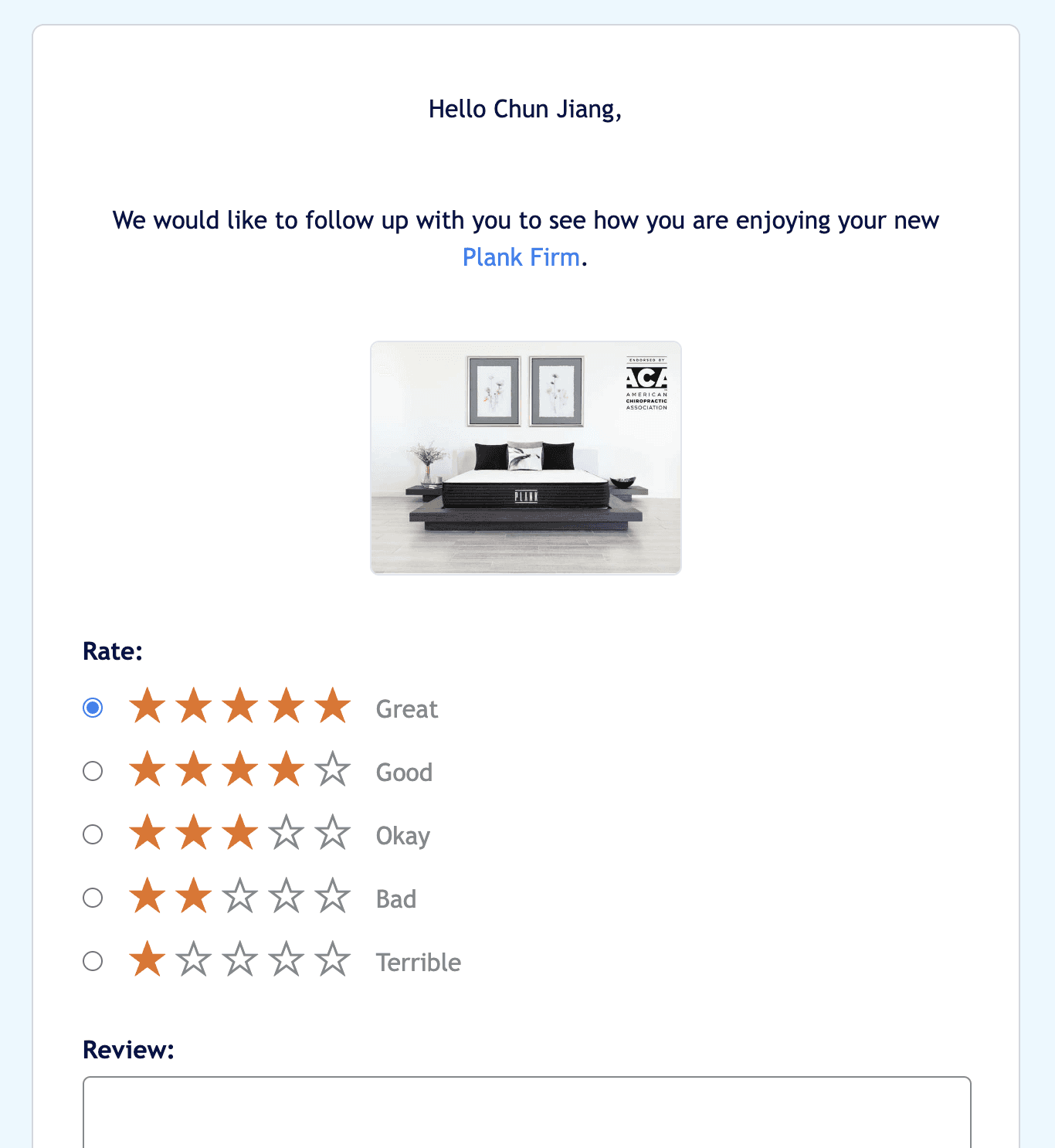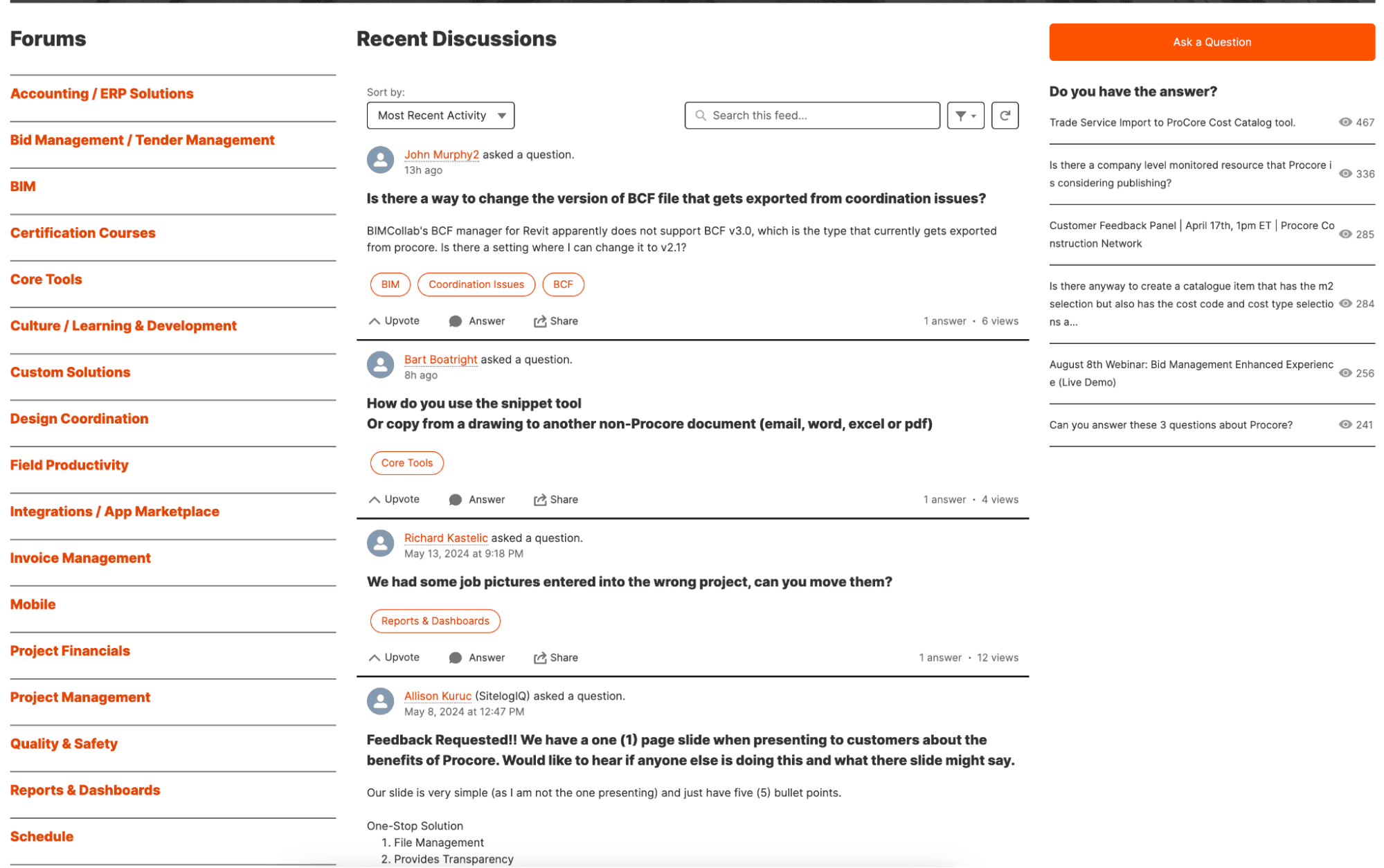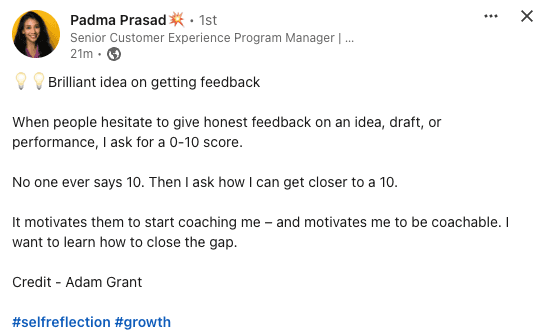Imagine you’re at a bustling coffee shop trying to order a coffee simply for the caffeine, and you know nothing about coffee, but the barista throws the question: how do you want your coffee to be made? Frustrating, right? That’s how your customers feel when they know what they want but simply don’t know how to answer your question. Listening to customer feedback isn’t just about gathering data—it’s about building a conversation that helps you collect customer feedback in a meaningful way.
This article is an intro into the first step of customer feedback – ways to collect feedback, and some tips to make the collection piece yield the biggest impact.
What is Customer Feedback?
Customer feedback is insights from customers about their experiences with your product or service. It can be gathered actively through surveys, interviews, and reviews, or passively via tools that track user interactions. The aim is to pinpoint customer needs, spot areas for enhancement, and boost overall satisfaction.
Setting Clear Goals: What Do You Want to Learn?
Start with the end in mind. Why are you asking for feedback? Maybe you are validating a new idea. Or maybe you've noticed a drop in sales of a particular product, or perhaps customer service complaints are on the rise. For instance, Spotify may seek feedback on a new feature (let’s say AI DJ) that’s being underused to understand if it’s not user-friendly or simply not what customers need.
X Most Popular Techniques for Effective Customer Feedback Collection
Gathering customer feedback should be strategic and respectful of the customer's time. Here are ten approaches that includes creative methods, data, and visual aids to enhance the effectiveness of your feedback collection efforts:
1. Transactional Emails
Leverage these routine communications by incorporating simple feedback questions that are relevant to the interaction. According to a report by Experian, transactional emails have an open rate of 8 times higher than other types of emails. We can use the same technique in feedback collection. For instance, after a customer completes a purchase, a follow-up email could ask, "How satisfied were you with the checkout process?" with a one-click rating system. For example, in the picture, it’s the email I received right after my Plank mattress was delivered. This is the second time i purchased it; and their product quality and engagement with consumers earned my heart.

2. Direct Customer Interviews
Nothing beats the insights from a one-on-one conversation. Set up calls or meetings with users who interact extensively with your product. This method is especially effective for gathering detailed feedback on specific features or services, or building more empathy with the users. Direct interviews can uncover insights that are missed in large-scale surveys, as they allow for deeper questioning and follow-up.
However, don’t confuse customer interviews with usability testing. Consumer interviews focus on understanding customer needs and motivations, while usability testing evaluates how easy it is for users to interact with a product or service. Don’t make me think Steve Kung is a great resource for laying the foundation for usability testing.
3. (In-app) Surveys and Feedback Widgets
The easiest low hanging fruit is to embed a feedback widget on your site to allow users to quickly report issues or suggestions. A study by Nielsen Norman Group showed that websites with feedback widgets see a 30% improvement in customer satisfaction because issues are addressed faster.There are also moment based survey; for examples, surveys are triggered when a user is about to leave your website.
For customer surveys, design these to be concise and relevant. Keep your surveys within this timeframe to maximize completion rates and ensure quality responses.
More creatively, you can also introduce gamification elements into the product feedback process loop. For example, a mobile game developer might use in-game rewards for players who complete feedback forms. This not only increases the response rate but also makes the process enjoyable for users.
Monterey AI’s in app widget is crazy easy to get implemented to your website. Check here for more information.
4. Suggestion + Community Boards
Encourage a collaborative feedback environment where users can suggest and vote on new features or improvements. Companies like Procore Technologies provide this functionality, allowing you to see which suggestions are most popular among users, which can guide development priorities.

The downside of relying on community boards for feedback is that a large number of customers don’t want their opinions and ideas to be shown as public, for security and privacy reasons; or simply, uncomfortable. Second, public follows, and it’s easy to vote on others’ ideas than express own real needs or use cases.
Monterey AI’s portal allows users to have a centralized place to track the requests submitted from users from all different sources.
5. Mine First Party Feedback from Support, Sales, and Social
Utilize Monterey AI to aggregate unstructured qualitative data across your support, GTM platforms; a lot of feedback is buried in the massive tickets, transcripts, and surveys, and Monterey AI helps you surface them organically.
Creative Tips to Encourage Honest Feedback
The key is you need to care. Getting customers to share their thoughts can be as simple as showing you genuinely care:
Personalized Email Follow-Ups / tailor your communication
For instance, a bookstore might follow up a week after a customer purchases a novel with a message like, "Hope you're enjoying 'The Great Escape'! We’d love to hear what you think about the story. Your feedback helps us recommend books you’ll love even more."

Interactive Rewards for Feedback
Turn feedback into a fun activity. A coffee shop could introduce a "Rate Your Brew" punch card; each customer review earns a punch, and five punches might earn a free coffee. This tactic not only incentivizes detailed feedback but also encourages repeat visits.
Feedback Stations
In physical stores, set up engaging, easy-to-use feedback stations. For example, a cosmetics store could have a "Beauty Board" where customers pin mini-review cards next to products they’ve tried. This visual feedback method can create a community feeling, encouraging others to contribute.
At Config conference hosted by Figma in 2023, Michael Nguyen, Head of VoC at Figma, hosted feedback station to let users vote on feature requests for Figma.
Video or Voice Message Feedback
Some customers might find typing out responses cumbersome. Encouraging video or voice messages can make the process more personal and less tedious. A tech gadget store could encourage customers to send a quick video feedback on their purchase, offering a monthly prize for the best review.
Feedback Through Social Media Contest
Use social media platforms to your advantage by running contests where customers post about their experiences with your product. A furniture store might encourage customers to post photos of their home setups featuring its products, with the best setup winning a voucher. This not only collects feedback but also showcases real-life use cases of the products.

